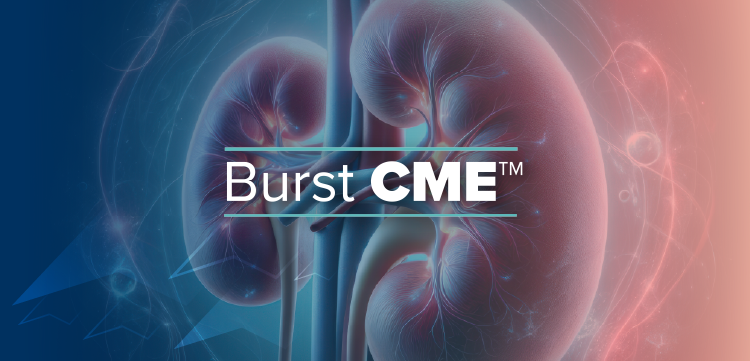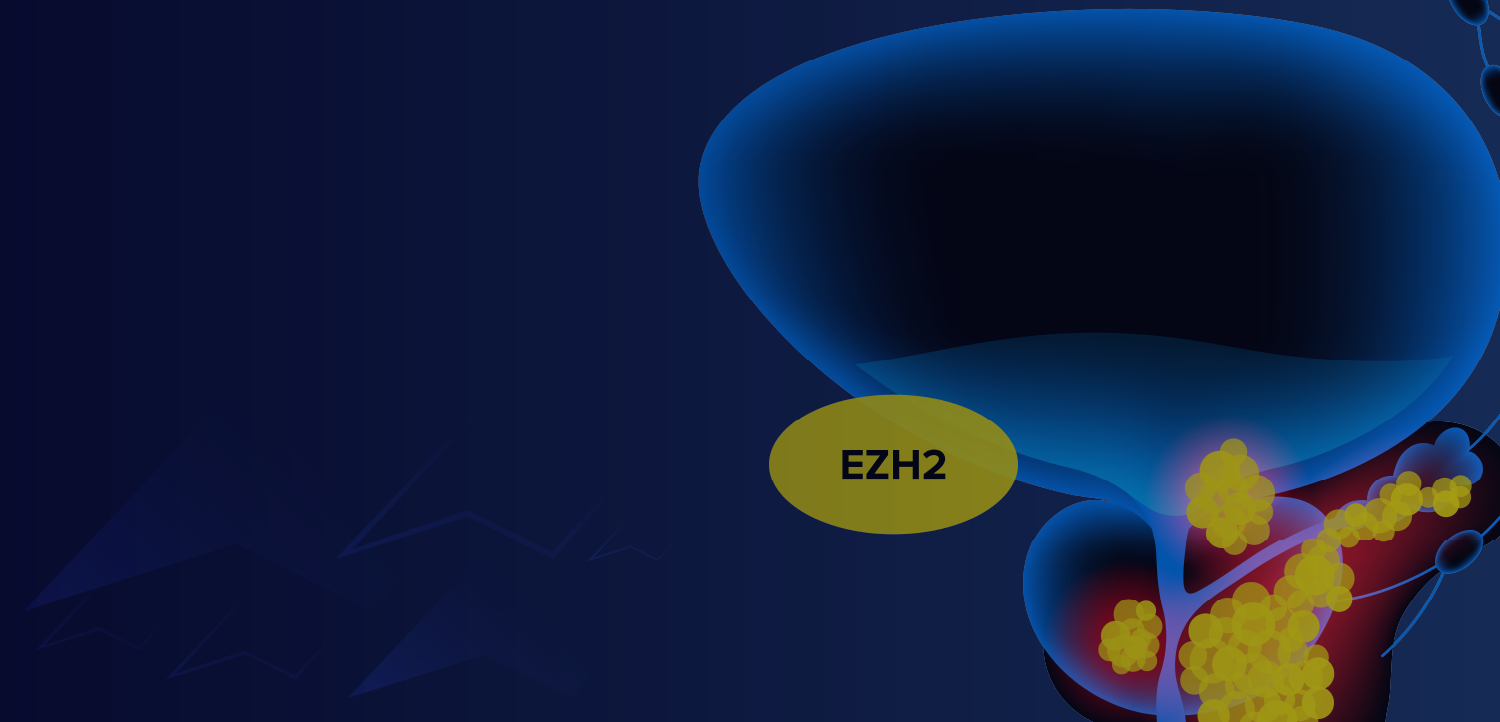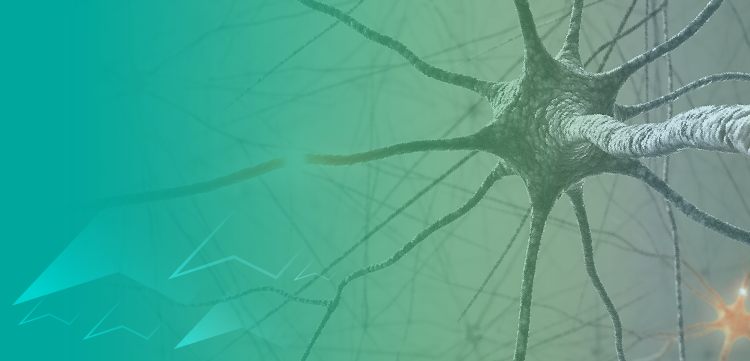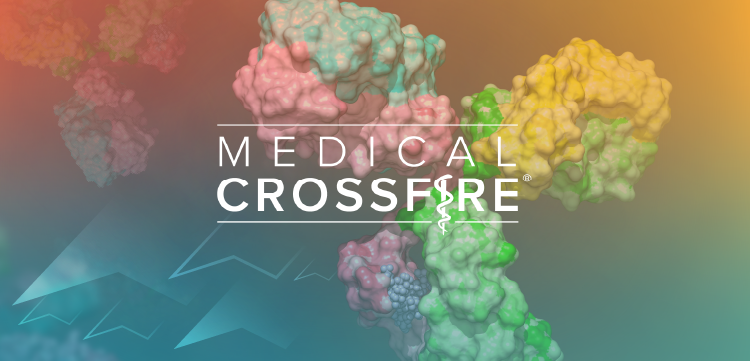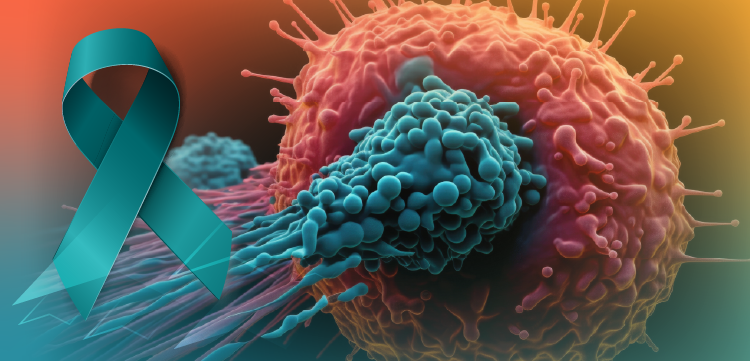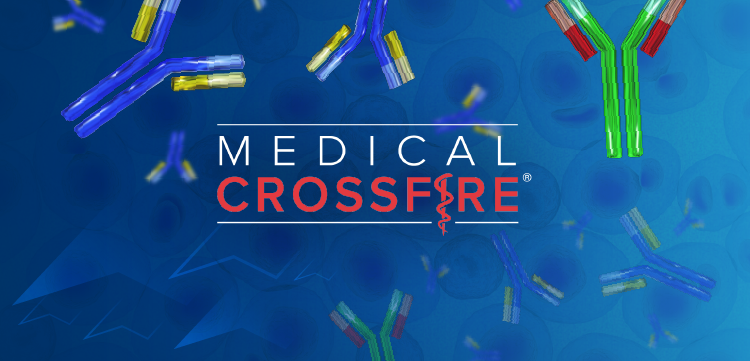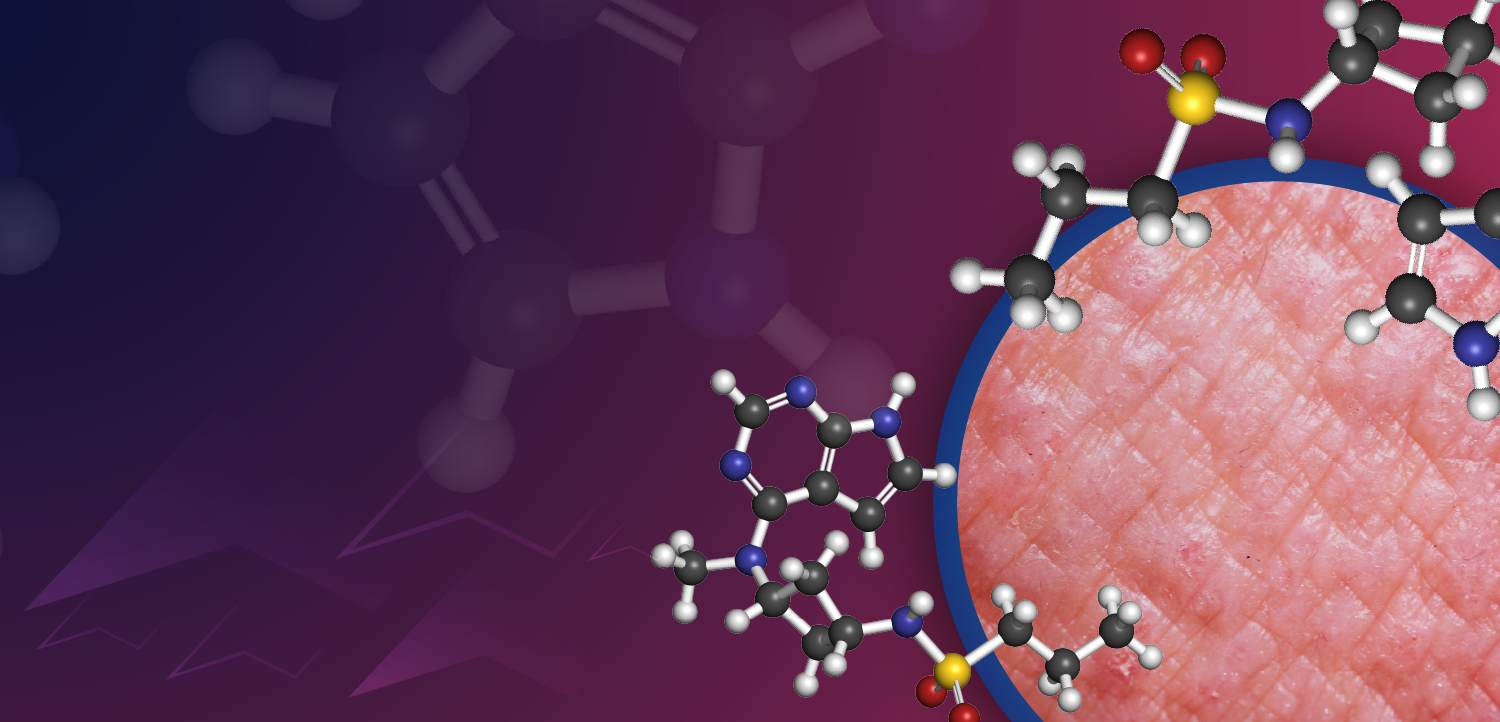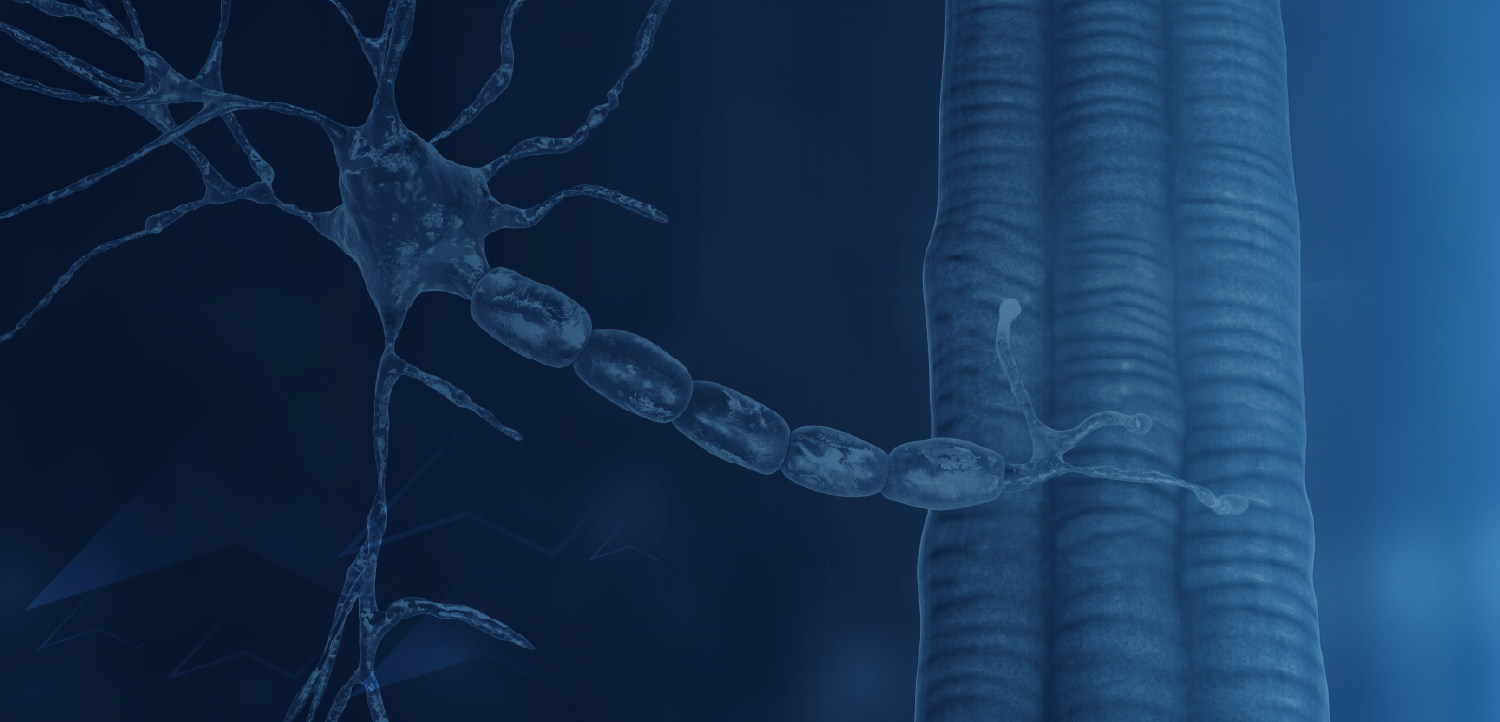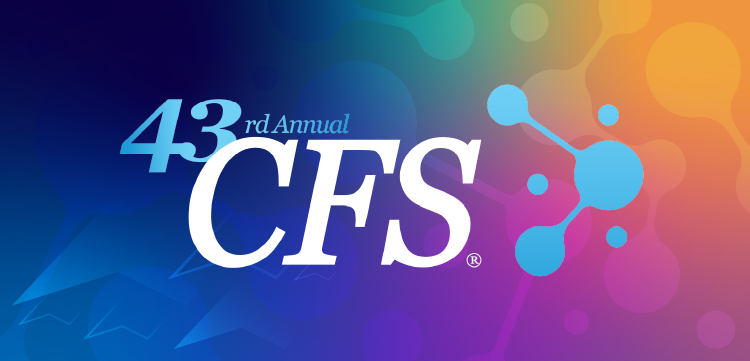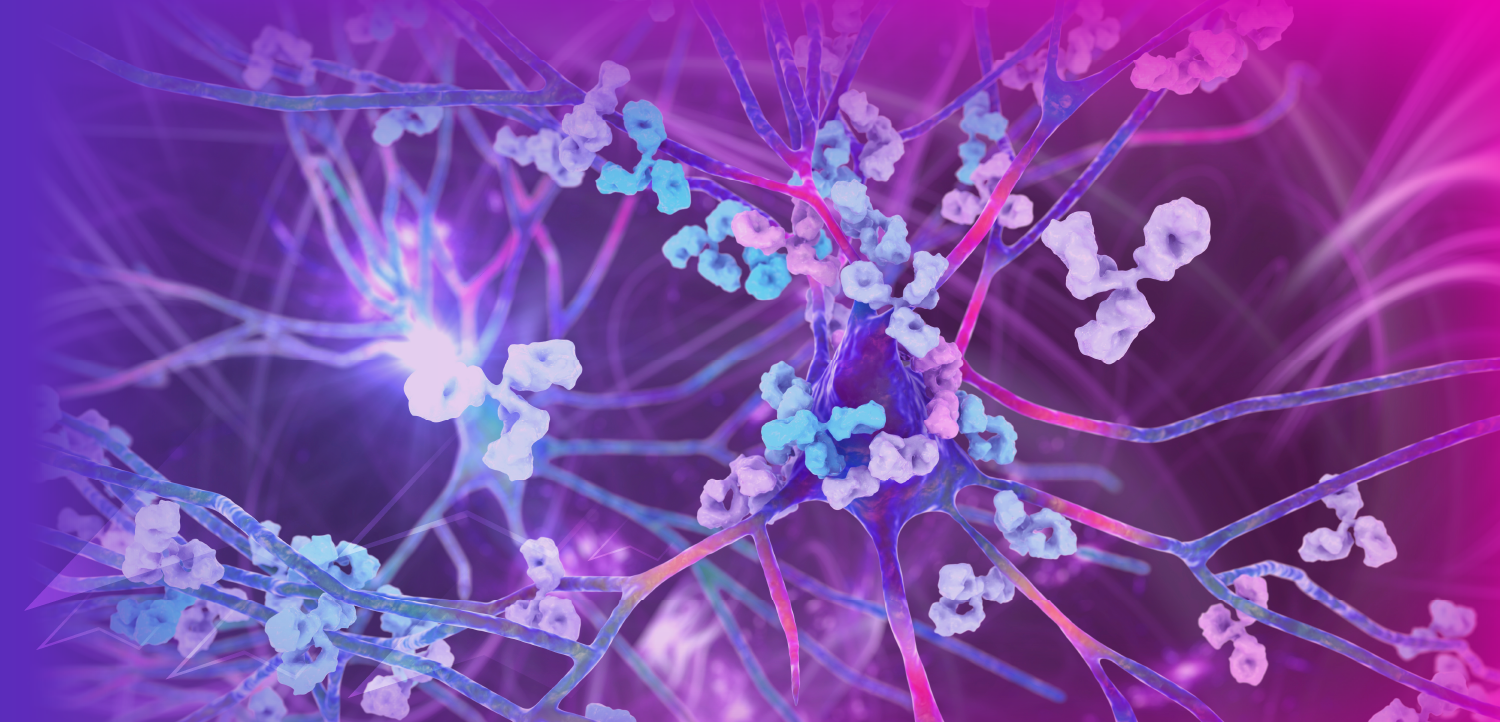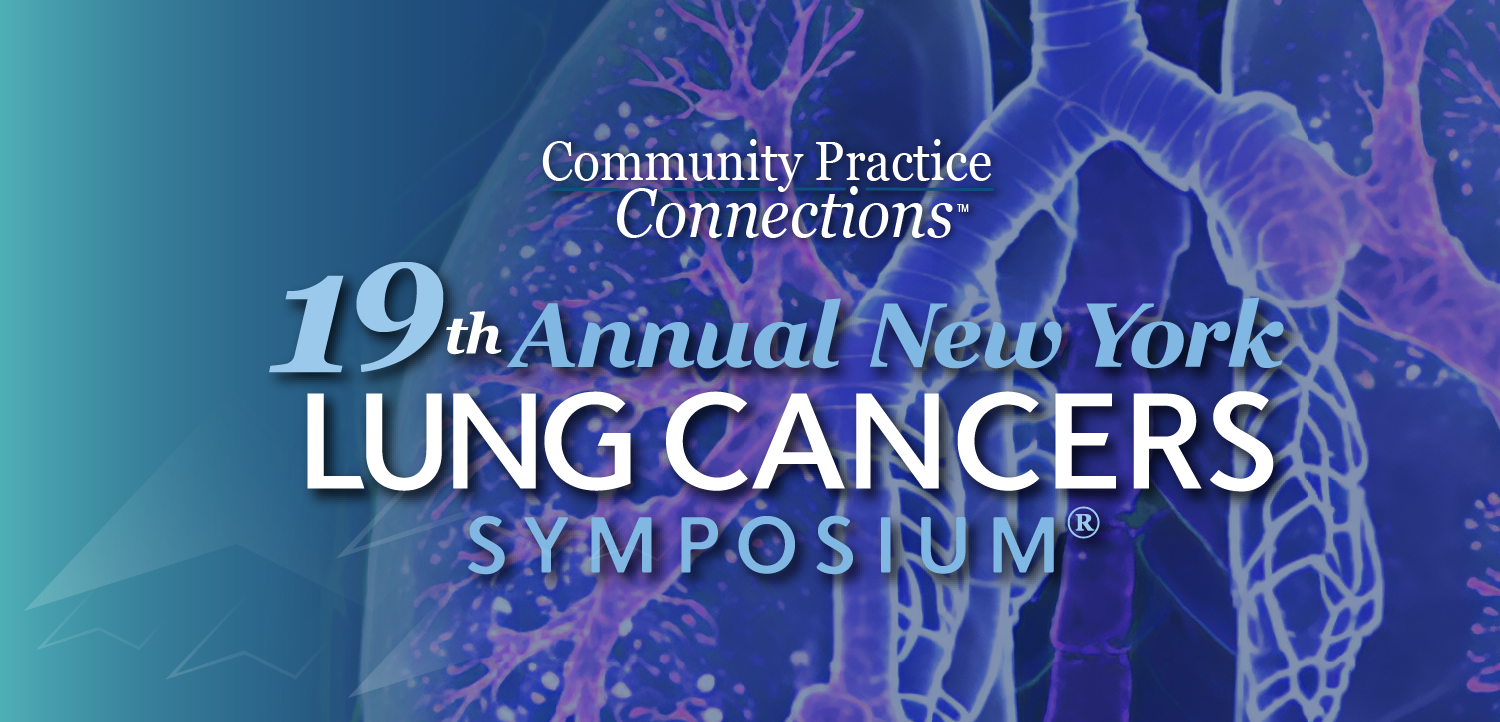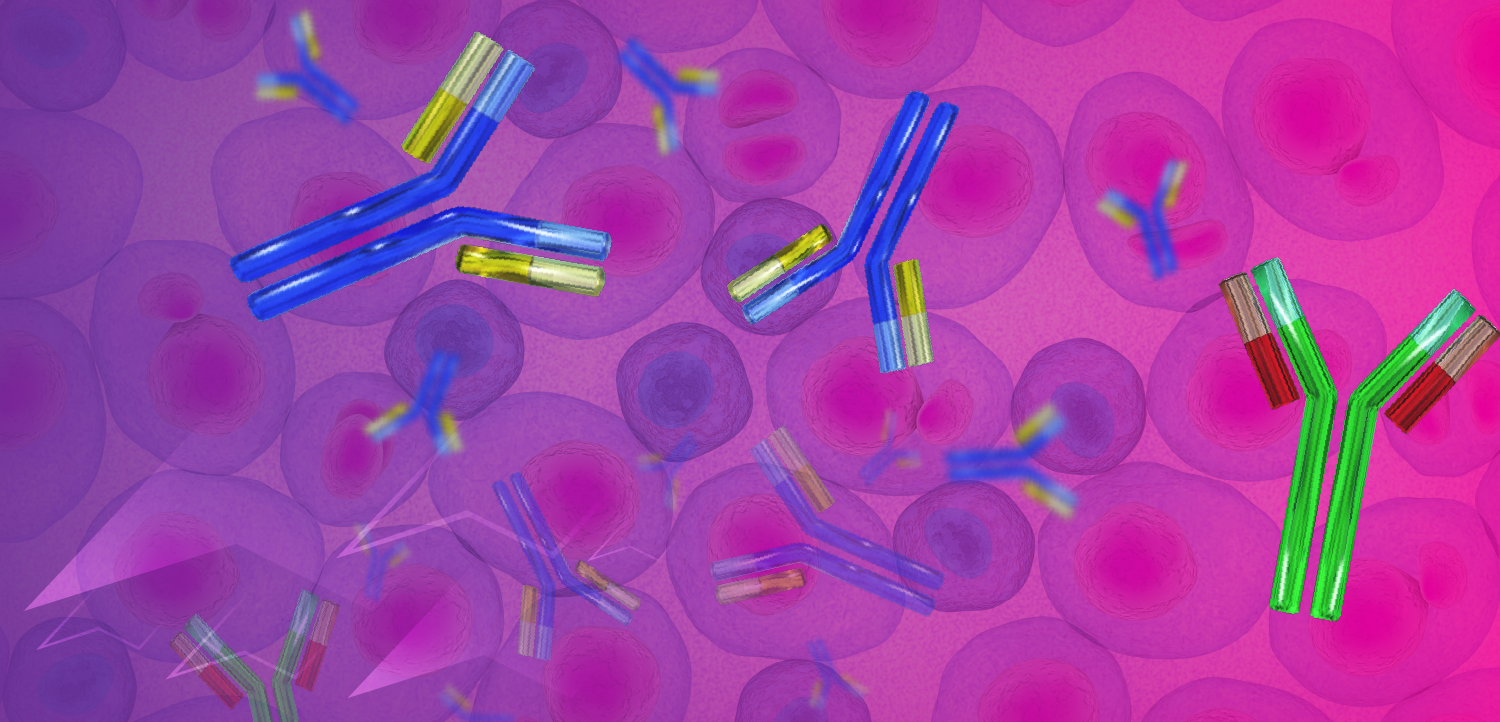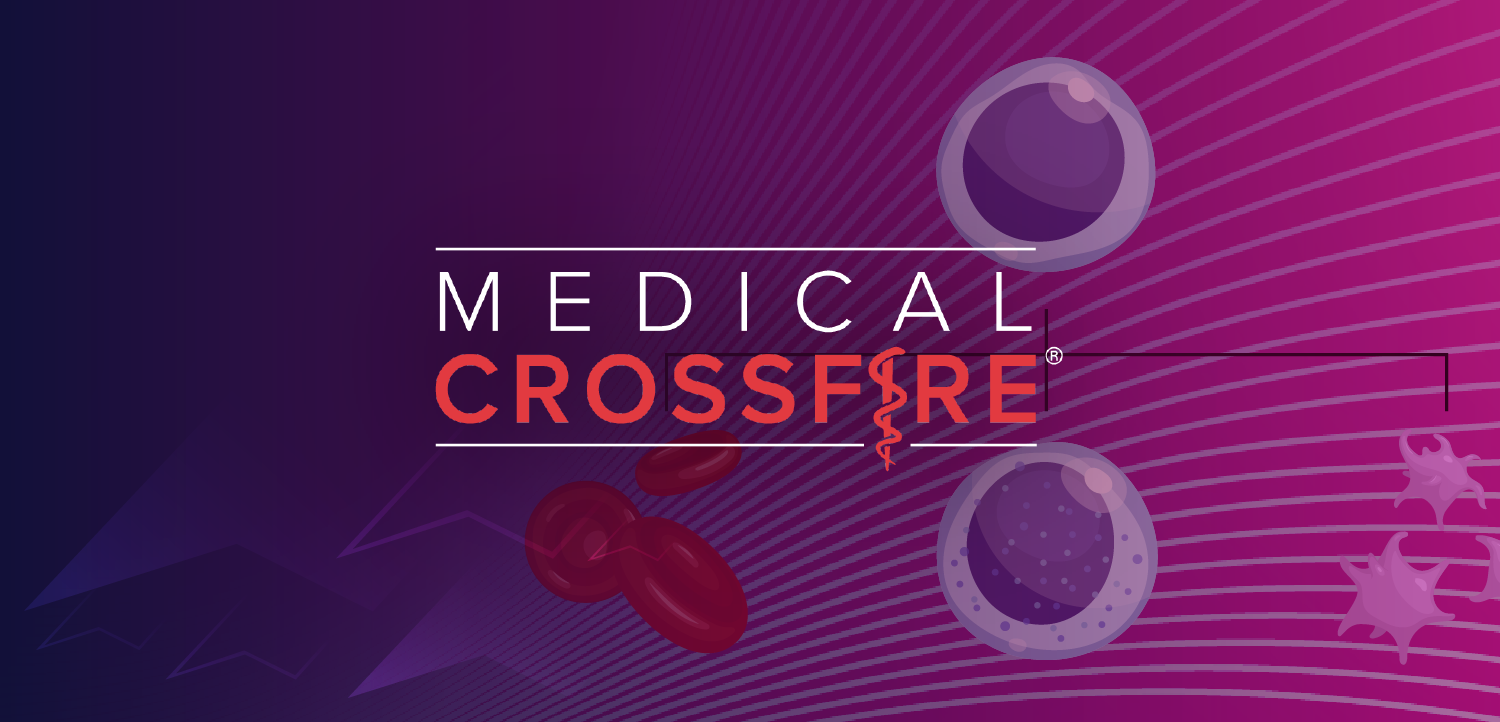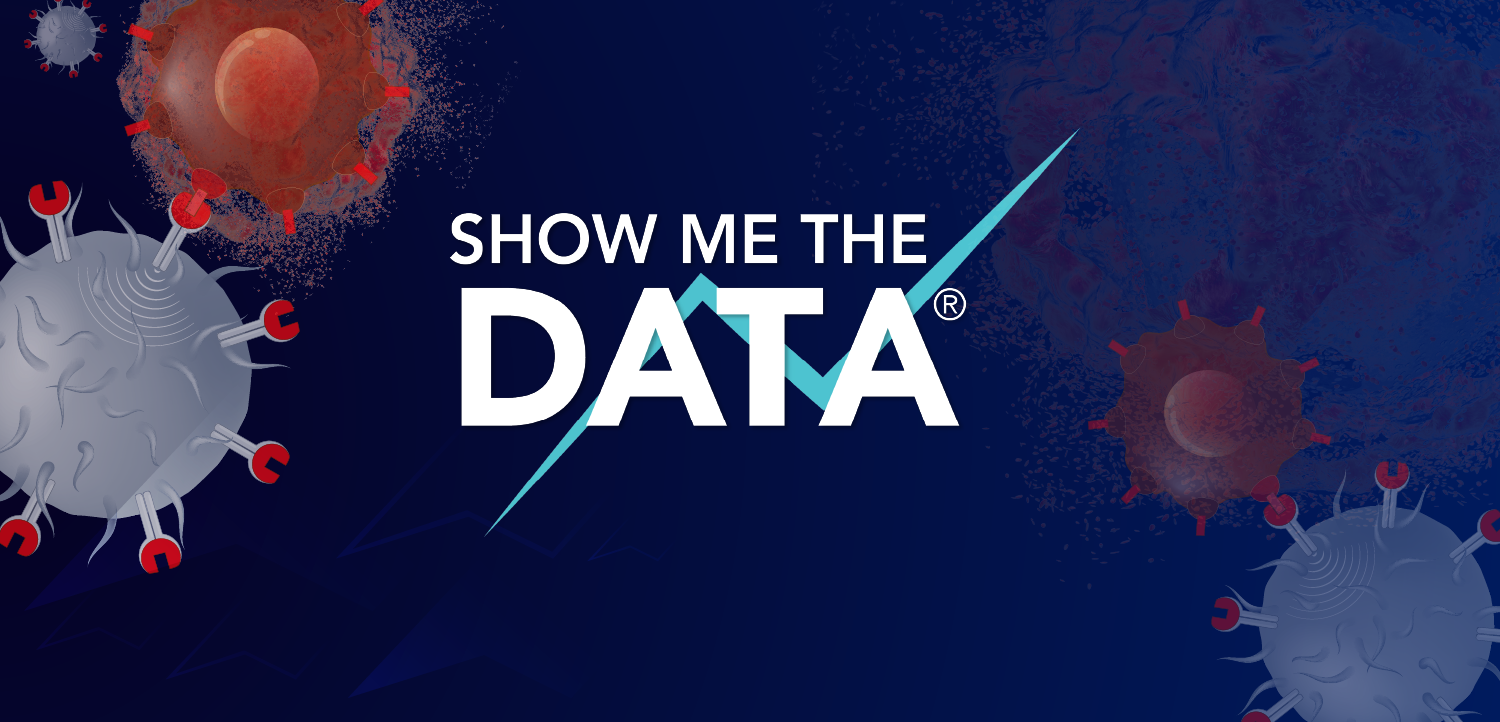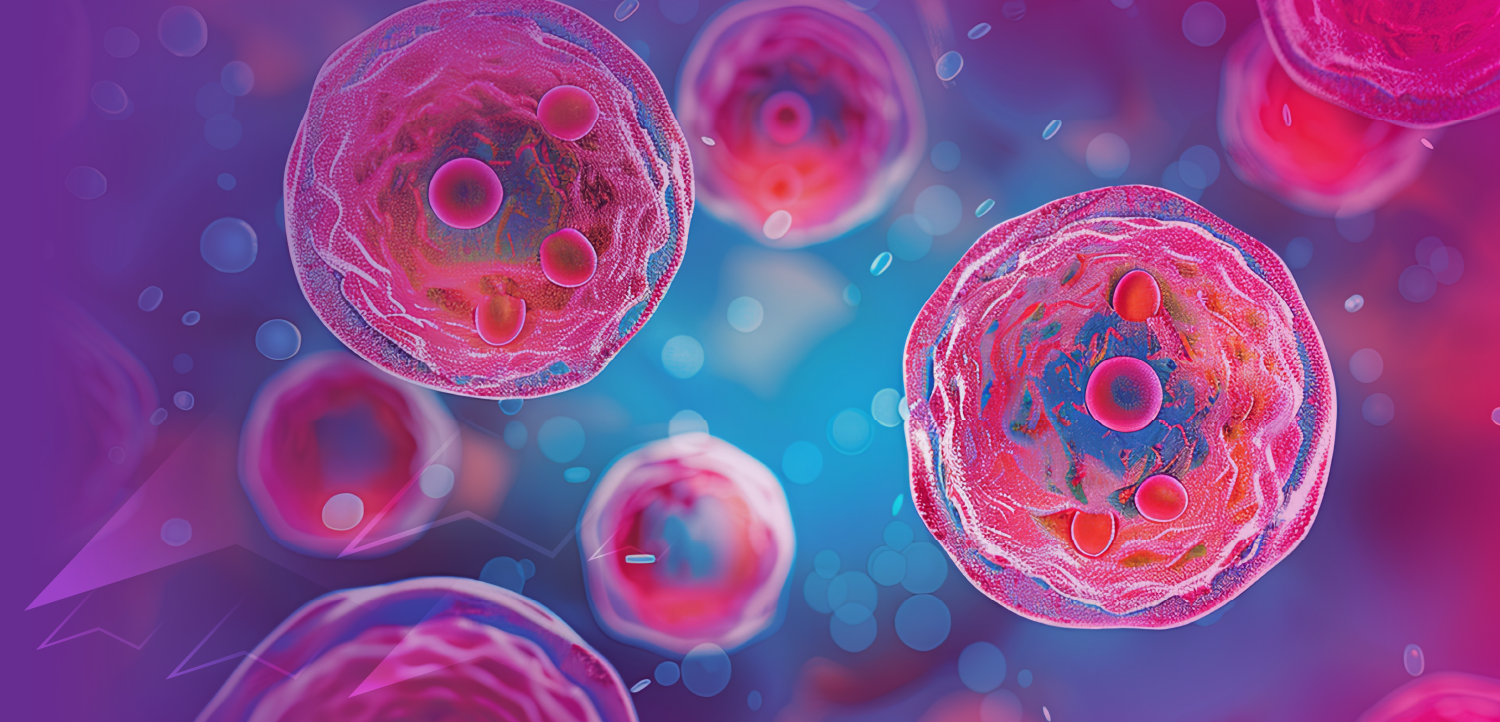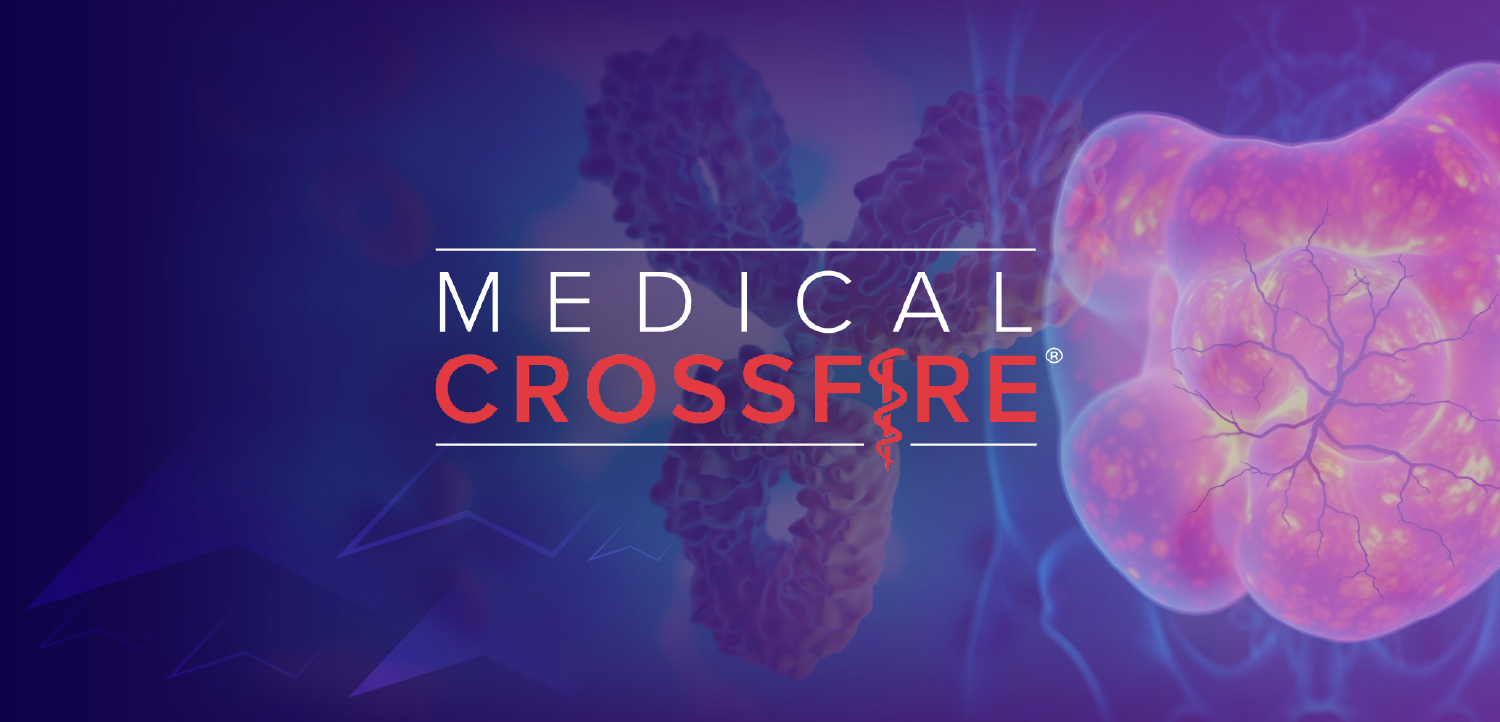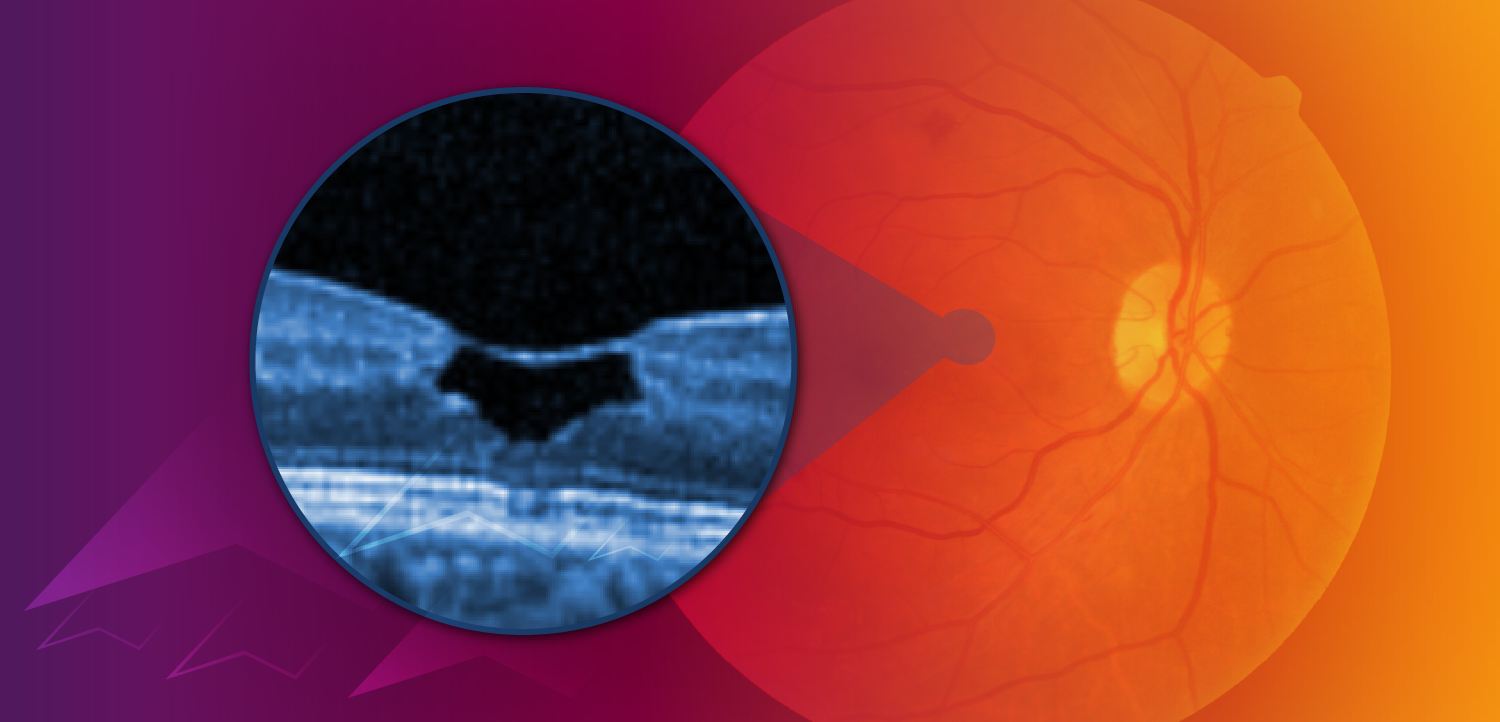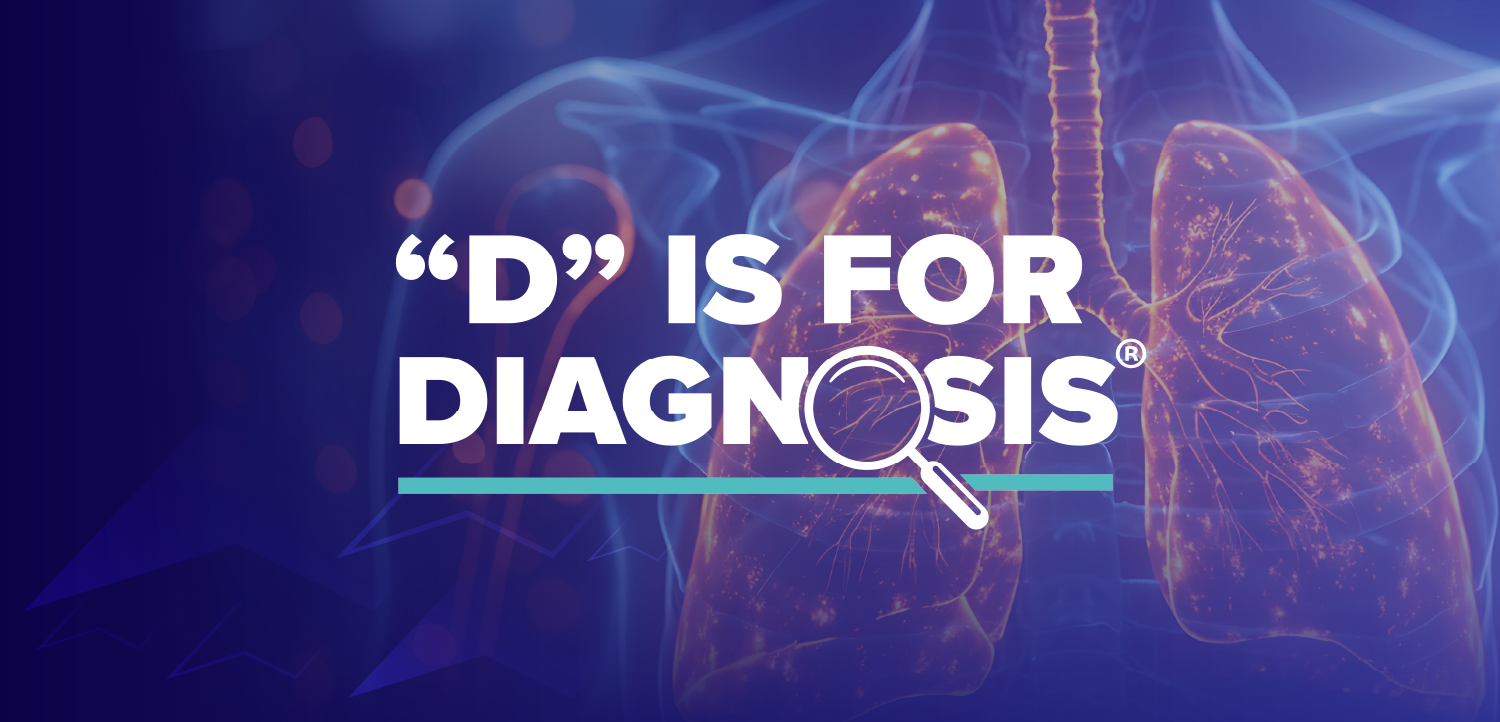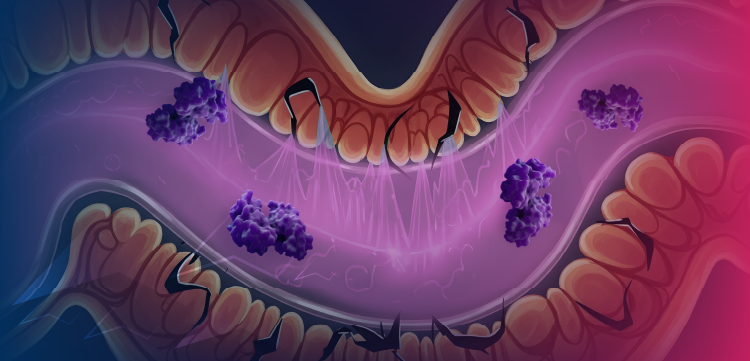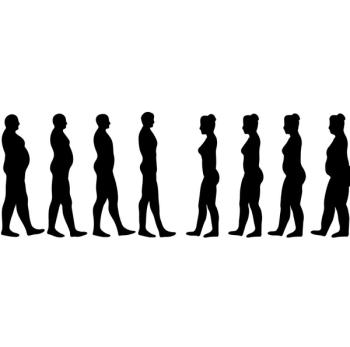
Statins: Tips for Safe Use From the ACC, AHA, and NHLBI
Both clinicians and patients were surprised by the withdrawal of cerivastatin from the US market in 2001 because of reports of serious myopathy, including severe rhabdomyolysis.
Both clinicians and patients were surprised by the withdrawal of cerivastatin from the US market in 2001 because of reports of serious myopathy, including severe rhabdomyolysis. As a class, the HMG-CoA reductase inhibitors (statins) are generally well tolerated and have an excellent safety profile.
Statins do pose a small but definite risk of myopathy when used alone; the risk is higher when they are given with a fibrate. Lovastatin and simvastatin are associated with a 0.08% incidence of severe myopathy,1,2 and the other currently available statins appear to carry a similar risk.
A recent clinical advisory from the American College of Cardiology, American Heart Association, and National Heart, Lung, and Blood Institute provides recommendations on the appropriate use of statins, including precautions, contraindications, and tips for safety monitoring.3 Highlights follow.
BASELINE STUDIES
Order baseline liver function tests and obtain a lipid and lipoprotein profile before statin therapy is started. Modest elevations in transaminase levels (less than 3 times the upper limit of the normal range) are not a contraindication to statin therapy, as long as the patient is carefully monitored.
A baseline creatine kinase (CK) measurement is also recommended because CK elevations are common and pretreatment levels are valuable to have for comparison. Advise patients who take statins to report any muscle discomfort or weakness or brown urine immediately; these findings mandate CK measurement.
MONITORING FOR ADVERSE REACTIONS
Patients with muscle symptoms. Symptoms of myositis can appear at any time after statin therapy is initiated and are cause for discontinuing treatment. Keep the following points in mind when you monitor patients:
- Obtain a CK measurement if a patient reports suggestive muscle symptoms and compare it with pretreatment levels. In addition, order measurement of thyroid-stimulating hormone levels; hypothyroidism predisposes to myopathy.
- If a patient who is experiencing muscle symptoms has a normal CK level, rule out causes such as exercise or strenuous work and recommend moderation in activity.
- If the CK level is greater than 10 times the upper limit of normal and muscle soreness, tenderness, or pain are present, discontinue the statin. In addition, suspend niacin or the fibrate in patients receiving combination therapy.
- For patients with muscle symptoms and either no elevation or a moderate elevation in CK (3 to 10 times the upper limit of normal), monitor both CK and symptoms weekly. If symptoms abate, discontinue monitoring; if they worsen, discontinue statin therapy.
- If a patient has progressive elevations of CK on serial measurements and muscle discomfort and weakness, consider a temporary discontinuation or a reduction in the statin dosage.
Patients without muscle symptoms. Before cerivastatin was withdrawn from the market, routine monitoring of CK in asymptomatic patients was not recommended. If you elect to monitor CK values in asymptomatic patients, keep these recommendations in mind:
- If CK values are 10 times greater than the upper limit of normal, particularly in patients receiving combination therapy, consider discontinuing the statin. Resume therapy, at a lower dosage if possible, when CK levels return to normal.
- Patients with moderate CK elevations (between 3 and 10 times the upper limit of normal) at baseline, during treatment, or after a drug holiday can typically continue statin therapy without harm. Monitor symptoms carefully, and obtain CK measurements more frequently in these patients.
PREVENTING ADVERSE REACTIONS
Most cases of statin-associated myopathy occur in patients with risk factors, such as advanced age, small body size, multisystem disease, and use of concomitant or multiple medications. The risk of myopathy is also increased during the perioperative period (Table).
Other caveats include:
- Myopathy is more likely to occur at higher statin dosages; avoid prescribing a dosage higher than that needed to attain therapeutic goals.
- Use statins cautiously in older patients, especially small, frail women and persons with multisystem disease.
- Monitor patients with both diabetes and chronic renal failure carefully because they are at increased risk for myopathy.
- Statin-associated myopathy has occurred in patients hospitalized after major surgery; therefore, temporary suspension of statin therapy during the perioperative period is advised.
- Avoid prescribing drugs that interact with statins; if they are necessary, use them with caution. Educate patients, especially those receiving medications from different caregivers, about potential drug interactions.
- Combination therapy with a statin at a moderate dosage and a fibrate is associated with a relatively low incidence of myopathy, especially in persons who do not have multisystem disease or use multiple medications. The combination of a statin and nicotinic acid is associated with a lower risk of myopathy than the combination of a statin and a fibrate.
References:
REFERENCES:1. Cressman MD, Hoogwerf BJ, Moodie DS, et al. HMG-CoA reductase inhibitors. A new approach to the management of hypercholesterolemia. Cleve Clin J Med. 1988;55:93-100.
2. Hunninghake DB. Drug treatment of dyslipoproteinemia. Endocrinol Metab Clin North Am. 1990;19: 345-360.
3. Pasternak RC, Smith SC Jr, Bairey-Merz CN, et al. ACC/AHA/NHLBI Clinical Advisory on the Use and Safety of Statins. Circulation. 2002;106:1024-1028.
Newsletter
Enhance your clinical practice with the Patient Care newsletter, offering the latest evidence-based guidelines, diagnostic insights, and treatment strategies for primary care physicians.
















